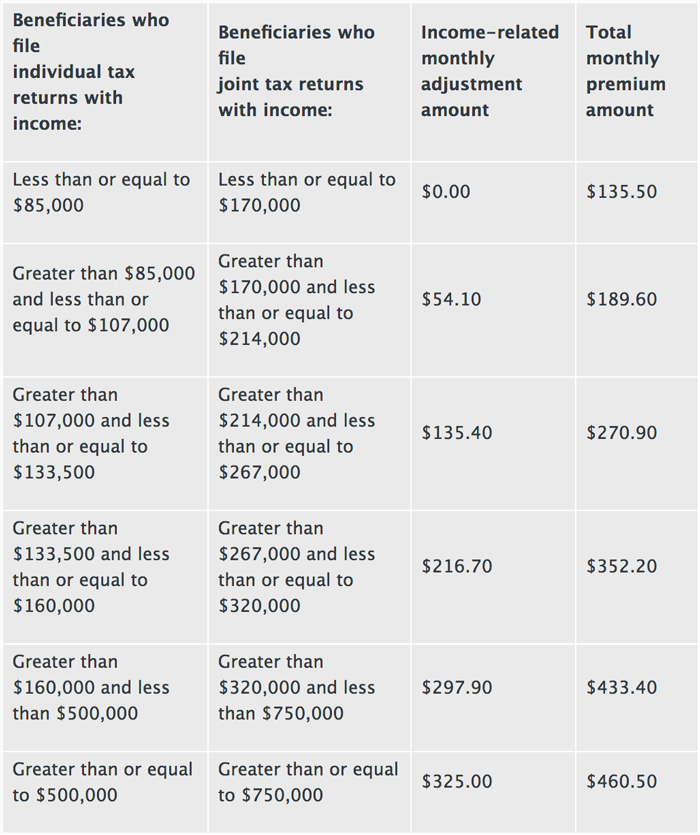 Contributed by: Nick Defenthaler, CFP®, RICP®
Contributed by: Nick Defenthaler, CFP®, RICP®
It’s been quite the year, hasn’t it? 2020 has certainly kicked off the decade in an interesting fashion. In addition to the coronavirus quarantine, it’s also a year that required a significant amount of tax planning and forward-thinking. Why is this year so unique as it relates to taxes? Great question, let's dive in!
SECURE Act
The SECURE ACT was passed in late December 2019 and became effective in 2020. The most meaningful part of the SECURE Act was the elimination of the stretch IRA provision for most non-spouse IRA beneficiaries. Non-spouse beneficiaries now only have a 10-year window to deplete the account which will likely result in the beneficiary being thrust into a higher tax bracket. This update has made many retirees re-think their distribution planning strategy as well as reconsider who they are naming as beneficiaries on certain accounts, given the beneficiary’s current and future tax bracket. Click HERE to read more about this change.
CARES Act
Fast forward to March, the CARES Act was passed. This critical stimulus bill provided direct payments to most Americans, extended and increased unemployment benefits, and outlined the parameters for the Paycheck Protection Program for small business relief. Also, another important aspect of the CARES Act was the suspension of Required Minimum Distributions (RMDs) for 2020. This isn’t the first time this has occurred. Back in 2009, RMDs were suspended to provide relief for retirees given the “Great Recession” and financial crisis. However, the reality is that for most Americans who are over 70 1/2 and subject to RMDs (RMDs now begin at age 72 starting in 2020 due to the SECURE Act), actually need the distributions for cash flow purposes. That said, for those retirees who have other income sources (ex. Social Security, large pensions, etc.) and investment accounts to cover cash flow and don’t necessarily “need” their RMD for the year for cash flow, 2020 presents a unique planning opportunity. Not having the RMD from your IRA or 401k flow through to your tax return as income could reduce your overall income tax bracket and also lower your future Medicare premiums (Part B & D premiums are based on your Modified Adjusted Gross Income). We have seen plenty of cases, however, that still make the case for the client to take their RMD or at least a portion of it given their current and projected future tax bracket. There is certainly no “one size fits all” approach with this one and coordination with your financial planner and tax professional is ideal to ensure the best strategy is employed for you.
Lower Income In 2020
Income for many Americans is lower this year for a myriad of reasons. For those clients still working, it could be due to a pay cut, furlough, or layoff. Unfortunately, we have received several dozen calls and e-mails from clients informing us that they have been affected by one of the aforementioned events. In anomaly years where income is much less than the norm, it presents an opportunity to accelerate income (typically though IRA distributions, Roth IRA conversions, or capital gain harvesting). Every situation is unique so you should chat with your planner about these strategies if you have unfortunately seen a meaningful reduction in pay.
Thankfully, the market has seen an incredible recovery since mid-March and most diversified portfolios are very close to their January 1st starting balances. However, income generated in after-tax investment accounts through dividends and interest are down a bit given dividend cuts by large corporations and because of our historically low interest rate environment. We were also were very proactive in March and April with a strategy known as tax-loss harvesting, so your capital gain exposure may be muted this year. Many folks will even have losses to carry over into 2021 and beyond which can help offset other forms of income. For these reasons, accelerating income could also be something to consider.
Higher Tax Rates In 2021, A Very Possible Scenario
Given current polling numbers, a Democratic sweep seems like a plausible outcome. If this occurs, many analysts are predicting that current, historically low rates could expire effective January 1, 2021. We obviously won’t know how this plays out until November, but if tax rates are expected to see a meaningful increase from where there are now, accelerating income should be explored. Converting money from a Traditional IRA to a Roth IRA or moving funds from a pre-tax, Traditional IRA to an after-tax investment account (assuming you are over the age of 59 1/2 to avoid a 10% early withdrawal penalty) eliminates the future uncertainty of the taxes on those dollars converted or distributed. Ever since the Tax Cuts and Jobs Act was passed in late 2017 and went into law in 2018, we have been taking a close look at these strategies for clients as the low tax rates are set to expire on January 1, 2026. However, if taxes have a very real chance of going back to higher levels as soon as 2021, a more aggressive income acceleration plan could be prudent.
As you can see, there have been many moving parts and items to consider related to tax planning for 2020. While we spend a great deal of our time managing the investments within your portfolio, our team is also looking at how all of these new laws and ever-changing tax landscape can impact your wealth as well. In our opinion, good tax planning doesn’t mean getting your current year’s tax liability as low as humanly possible. It’s about looking at many different aspects of your plan, including your current income, philanthropy goals, future income, and tax considerations as well as considering the individuals or organizations that will one day inherit your wealth and helping you pay the least amount of tax over your entire lifetime.
Nick Defenthaler, CFP®, RICP®, is a Partner and CERTIFIED FINANCIAL PLANNER™ professional at Center for Financial Planning, Inc.® Nick specializes in tax-efficient retirement income and distribution planning for clients and serves as a trusted source for local and national media publications, including WXYZ, PBS, CNBC, MSN Money, Financial Planning Magazine and OnWallStreet.com.
All investments are subject to risk. There is no assurance that any investment strategy will be successful. Unless certain criteria are met, Roth IRA owners must be 59½ or older and have held the IRA for five years before tax-free withdrawals are permitted. Additionally, each converted amount may be subject to its own five-year holding period. Converting a traditional IRA into a Roth IRA has tax implications. Investors should consult a tax advisor before deciding to do a conversion. Raymond James and its advisors do not offer tax or legal advice. You should discuss any tax or legal matters with the appropriate professional.














